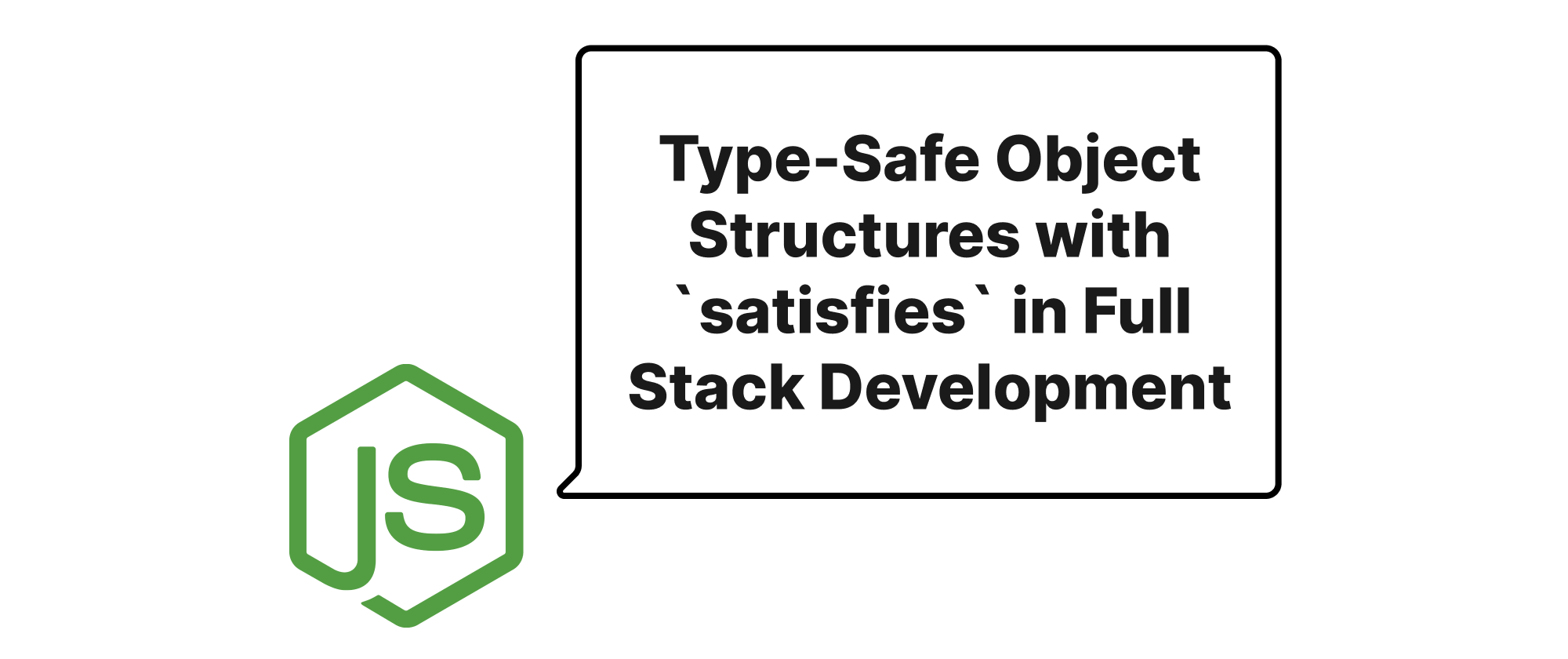Empowering Asynchronous Operations with Cancellable Fetch in JavaScript
Emily Parker
Product Engineer · Leapcell

Introduction
In the world of modern web development, asynchronous operations are the cornerstone of dynamic and responsive applications. From fetching data from a server to loading external resources, developers constantly deal with tasks that take an unpredictable amount of time to complete. While Promises and async/await have dramatically improved the way we handle these operations, a common challenge persists: what happens when an ongoing asynchronous task is no longer needed? Perhaps a user navigates away from a page, or a search query changes rapidly, making the previous network request obsolete. Without a mechanism to cancel these operations, we risk wasting valuable network bandwidth, consuming unnecessary server resources, and potentially introducing race conditions or memory leaks in our applications. This article delves into the critical concept of cancellable asynchronous operations, specifically focusing on the fetch API, and demonstrates how to implement this capability consistently across both client-side (browser) and server-side (Node.js) JavaScript environments.
Core Concepts for Cancellable Fetch
Before we dive into the implementation details, let's clarify a few core concepts that are central to achieving cancellable fetch operations.
Asynchronous Operations
At its heart, an asynchronous operation is a task that can run independently of the main program flow, allowing the program to continue executing other tasks while waiting for the asynchronous task to complete. In JavaScript, this is primarily managed through the event loop, Promises, and the async/await syntax. fetch is a prime example of an asynchronous operation, as it returns a Promise that eventually resolves with a Response object or rejects with an error.
The Fetch API
The fetch API provides a powerful and flexible interface for fetching resources across the network. It's a modern replacement for XMLHttpRequest, offering a more robust and Promise-based approach to making HTTP requests. Its simplicity and power have made it the go-to choice for web developers.
AbortController and AbortSignal
The AbortController interface is a crucial component for making fetch requests cancellable. It provides a way to signal and abort one or more DOM requests as and when desired. An AbortController instance has an associated AbortSignal object. This AbortSignal can be passed to the fetch A PI (and other asynchronous APIs) to observe and react to cancellation signals. When the abort() method is called on the AbortController instance, it emits an abort event, and any fetch request listening to that AbortSignal will be cancelled, causing its Promise to reject with an AbortError.
Implementing Cancellable Fetch in the Browser
The AbortController API is natively supported in modern browsers, making it straightforward to implement cancellable fetch requests on the client side.
Let's illustrate with a practical example: fetching user data that might be cancelled if the user navigates away or types a new search query.
// Function to fetch user data with a cancellation mechanism async function fetchUserData(userId, signal) { try { const response = await fetch(`https://api.example.com/users/${userId}`, { signal }); if (!response.ok) { throw new Error(`HTTP error! status: ${response.status}`); } const data = await response.json(); console.log('User data:', data); return data; } catch (error) { if (error.name === 'AbortError') { console.log('Fetch request for user data was aborted.'); } else { console.error('Error fetching user data:', error); } throw error; // Re-throw for further handling if necessary } } // Example usage const controller = new AbortController(); const signal = controller.signal; // Simulate a user initiating a fetch const promise = fetchUserData(123, signal); // Simulate the user navigating away or making a new request after 2 seconds setTimeout(() => { console.log('Aborting fetch request...'); controller.abort(); }, 2000); promise .then(data => { console.log('Successfully fetched:', data); }) .catch(error => { // AbortError is handled within fetchUserData, but other errors might propagate here if (error.name !== 'AbortError') { console.error('Operation failed:', error); } }); // Another example: a new fetch request for a different user, potentially cancelling the old one // In a real application, you might manage a single controller for a given component // and create a new one every time a new request is initiated if the old one should be cancelled. const searchInput = document.getElementById('search-input'); // Imagine such an element let currentController = null; searchInput?.addEventListener('input', (event) => { if (currentController) { currentController.abort(); // Cancel the previous request } currentController = new AbortController(); const newSignal = currentController.signal; const searchTerm = event.target.value; if (searchTerm.length > 2) { // Only search if more than 2 characters fetchUserData(`search?q=${searchTerm}`, newSignal) .then(results => console.log('Search results:', results)) .catch(error => { if (error.name !== 'AbortError') { console.error('Search failed:', error); } }); } });
In this browser example, we create an AbortController, extract its signal, and pass it to the fetch call. Later, if controller.abort() is called, the fetch Promise will reject with an AbortError, which we then specifically catch and handle. This pattern is essential for filtering out expected cancellations from genuine network errors.
Implementing Cancellable Fetch in Node.js
Historically, Node.js did not have a native fetch API. Developers typically relied on third-party libraries like node-fetch or axios. With Node.js v18 and above, the fetch API is now globally available and built-in, bringing much-needed consistency with the browser environment. Crucially, this built-in fetch API also supports AbortController.
Let's adapt our previous example for a Node.js environment.
// Node.js specific global fetch is available from Node.js v18+ // If using an older version, you would need to `npm install node-fetch` and `import fetch from 'node-fetch';` // and ensure AbortController is also available (e.g., from 'abort-controller' npm package). // Function to fetch user data with a cancellation mechanism async function fetchUserDataNode(userId, signal) { try { const response = await fetch(`https://jsonplaceholder.typicode.com/users/${userId}`, { signal }); if (!response.ok) { throw new Error(`HTTP error! status: ${response.status}`); } const data = await response.json(); console.log('User data from Node.js:', data); return data; } catch (error) { if (error.name === 'AbortError') { console.log('Node.js fetch request for user data was aborted.'); } else { console.error('Error fetching user data from Node.js:', error); } throw error; } } // Example usage in Node.js const controllerNode = new AbortController(); const signalNode = controllerNode.signal; console.log('Initiating Node.js fetch...'); const promiseNode = fetchUserDataNode(1, signalNode); // Simulate a cleanup or timeout in Node.js setTimeout(() => { console.log('Aborting Node.js fetch request...'); controllerNode.abort(); }, 1500); // Abort after 1.5 seconds promiseNode .then(data => { console.log('Node.js successfully fetched:', data); }) .catch(error => { if (error.name !== 'AbortError') { console.error('Node.js operation failed:', error); } }); // Another example: a request that will complete before being aborted const controllerWillComplete = new AbortController(); const signalWillComplete = controllerWillComplete.signal; console.log('Initiating a fetch that will complete...'); fetchUserDataNode(2, signalWillComplete) .then(data => console.log('Node.js fetch completed successfully for user 2:', data)) .catch(error => { if (error.name !== 'AbortError') { console.error('Node.js fetch failed for user 2:', error); } }); // No abort call for controllerWillComplete, so it should complete.
The code structure in Node.js mirrors that of the browser. The AbortController and AbortSignal behave exactly the same way, allowing for a consistent approach to cancellable fetch operations across both environments. This cross-environment consistency is a significant advantage, simplifying development and reducing cognitive load for developers working on full-stack JavaScript applications.
Application Scenarios
Cancellable fetch operations are incredibly useful in various real-world scenarios:
- Search Autocomplete/Typeahead: When a user types rapidly, previous search requests become redundant. Cancelling them prevents unnecessary network traffic and ensures only the latest relevant results are displayed, preventing race conditions where older, slower responses could overwrite newer ones.
- User Navigation: If a user navigates away from a page or component that initiated a
fetchrequest, cancelling the ongoing request frees up resources and cleans up potential background processes. - Polling/Long-Polling Cleanup: When implementing mechanisms that periodically fetch data, cancelling the current poll before scheduling the next one (e.g., when a component unmounts) is crucial for resource management.
- Conditional Data Loading: Imagine a dashboard with multiple tabs. When a user switches tabs, you might want to cancel fetches related to the previously active tab to prioritize loading data for the new tab.
- Timeouts and Retries: While
AbortControllerprimarily signals explicit cancellation, it can be combined with timeout mechanisms. For example, if afetchtakes too long, you could automatically abort it.
Conclusion
Implementing cancellable asynchronous operations, particularly with the fetch API, is a vital technique for building robust, efficient, and user-friendly web applications. By leveraging the AbortController and AbortSignal pattern, developers can effectively manage network requests, prevent resource waste, and improve application responsiveness in both browser and Node.js environments. This consistent approach empowers developers to write cleaner, more maintainable code that gracefully handles the dynamic nature of asynchronous tasks. The ability to cancel ongoing operations is not merely an optimization; it's a fundamental aspect of modern asynchronous programming.


